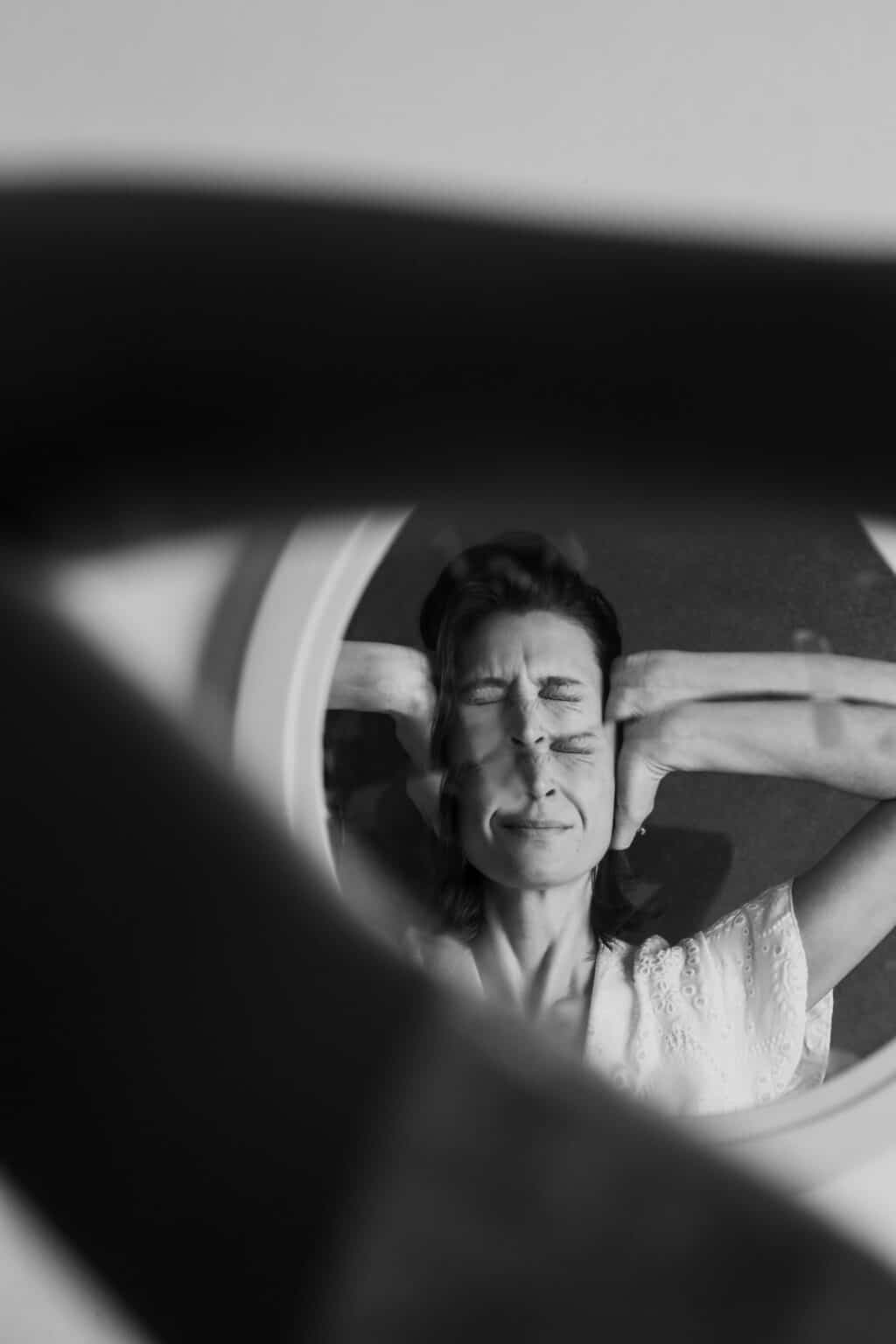When you think of “personal injuries,” you might envision a car crash or dog bite, where physical harm is evident. However, did you know that you can also seek compensation for emotional distress caused by an injury?
Emotional distress often goes hand-in-hand with bodily injury. Dealing with physical injuries can lead to mental health conditions, such as anxiety and depression, arising from the bodily harm you suffer.
Here’s how to know whether you’ve suffered emotional distress due to someone else’s negligence, and how to recover the full value of your losses and injuries.
What is emotional distress?
Emotional distress refers to the mental suffering that arises from a traumatic event or a series of events.
Mental anguish and emotional distress are often used interchangeably when describing the emotional and psychological impact of a severe injury or traumatic collision. These damages generally fall under the category of pain and suffering.
Damages for pain and suffering aim to compensate you for the emotional pain and suffering you have endured as a result of a traumatic event. They also are meant to compensate for an injury’s impact on your ability to enjoy life. Emotional distress can also result in tangible losses or expenses. This may include costs for ongoing therapy, counseling, or treatment.
To fully recover the value of your injury and losses, it’s important to understand the common symptoms of emotional distress and their impact on your well-being.
What are common symptoms of emotional distress?
Emotional distress can manifest in various ways, such as anxiety, depression, post-traumatic stress disorder (PTSD), and other psychological conditions. When you’re injured due to someone else’s wrongdoing, emotional distress can be just as debilitating as a physical injury and can have a profound impact on your daily life.
Legally, emotional distress refers to significant alarm, anxiety, or suffering. However, proving emotional distress can be challenging due to its subjective nature.
After experiencing a catastrophic incident, here’s some emotional distress symptoms to look out for:
- Insomnia: Severe injuries, particularly traumatic brain injuries (TBI) and chronic pain conditions, often lead to disrupted sleep patterns.
- Fear: After a motor vehicle collision, you might develop a fear of driving or being a passenger. You may also worry about your future, financial stability, and recovery.
- Grief: Managing pain, undergoing rehabilitation, and adapting to life changes can contribute to depression.
- Anger: You may become irritable when you have been stripped of your physical capabilities due to another person’s negligence.
If you are dealing with these psychological symptoms following a car crash, we recommend taking note of them so you can strengthen your case and get your life back to normal as soon as possible.
What evidence is needed to prove emotional distress?
Here are some types of evidence that can help support your personal injury claim:
- The severity of your emotional symptoms.
- The duration of your emotional distress.
- An injury’s impact on your daily life and relationships.
- Whether you had any pre-existing mental health conditions worsened by the incident.
- Medical records and treatment for your emotional distress.
- A mental health professional’s expert testimony about the nature of your emotional distress and its impact on your life.
- Friends, family, coworkers, and other witnesses who can testify about your changed behavior after a traumatic event.
We recommend keeping a journal documenting your symptoms and these emotional challenges. In addition, consulting with a personal injury attorney can help you determine what evidence is needed for your case.
If you’re suffering from pain, anguish, and emotional distress due to a catastrophic injury, reach out to a qualified personal injury lawyer today.












